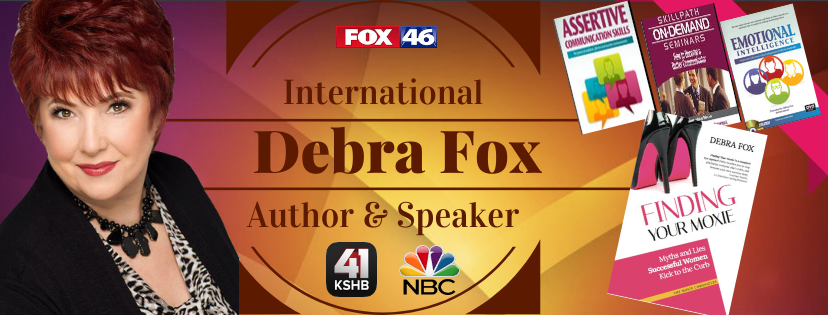 |
SUNDAY LINEUP --- AUTHOR: Marie Davis, IDG Trainer/Speaker |
Who’s Your Reader?, Part 1
The six journalism questions – the questions every good reporter is taught to answer in a story – will give you great deal of information about your reader and help you position your document, whether it’s an email, a letter, a report, a proposal or just a quick note.
The six questions are:
- Who?
- What?
- When?
- Where?
- How?
- Why?
In this article, I’m going to give you some things to consider to help you answer the “who” question.
Who? Who is the reader?
Knowing the person is helpful, but not always possible. At a minimum, find out what their job title is, what department do they work in, and what are their responsibilities.
- Where are they located in the company? The department they work in can determine what information you include (or exclude).
- How long have they been with the company? Someone who has been with the company a very long time might not need the level of information and detail a newcomer would need.
- What are their interests/hobbies/causes? Knowing this helps you create illustrations/analogies that they can relate to more readily thereby creating a bond with your reader.
- How much education do they have? The average American reads at an 8th grade level. We recommend that you write at a 10th grade level for your audience. Of course, if your reader is a PhD, don’t write at a 10th grade level.
How do you find out the grade level of your writing? Microsoft Word™ has a feature called “Readability Statistics” that will give you that information. In a later article, I’ll tell you how to turn it on.

